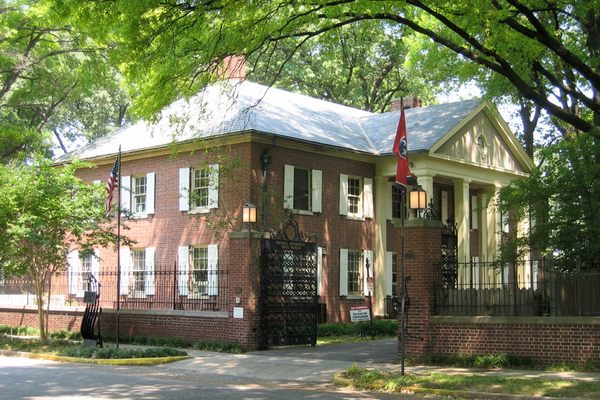About
In the heart of the campus of the University of Luxembourg, surrounded by the modern buildings of the Luxembourg Institute of Science and Technology, stand two tall blast furnaces. These holdovers from the region’s industrial past recall a time when Luxembourg was one of Europe's principal sources of iron ore.
At the time of its independence in 1867, the landlocked Grand Duchy of Luxembourg was one of the poorest nations in Europe. However, during the 20th century, a competitive steel industry is developed in the southwestern part of the country along the border of France—an area known as the "red lands." Much of Luxembourg’s current prosperity was built on the exploitation of the region's rich stores of iron ore. Despite its small size, Luxembourg was once the seventh-largest iron producer in the world. It was one of the six founding members of the European Coal and Steel Community, which laid the early foundations for the European Union.
Around 1910, the forest surrounding the small town of Esh-sur-Alzette was cut down to build Belval’s ironworks. More than 3,000 men worked at the site, which was home to three massive blast furnaces. In 1993, a switch was made to electric furnaces, and in 1997, the country's last active blast furnace was shut down for good. As the steel industry in Luxembourg declined, the economy diversified into production of construction materials, engineering, and chemical manufacturing. The furnaces of Belval were integrated into the main campus of the University of Luxembourg.
Since 2014, the furnaces have been open to the public, who can follow the self-guided tour to learn more about their functioning and the history of the iron industry in the region. Moreover, it is possible to climb up to a 40-meter (131-foot) platform on the furnace “A”, to the level of the feedstock inlet, and discover an impressive panorama on the region. The furnaces are also open several nights a year, during which visitors are able to roam the furnaces with hard helmets and frontal lamps.
Related Tags
Know Before You Go
The furnaces are open to visitors between April and October, Wednesday through Friday from 10 a.m. to 7 p.m., Saturday from 10 a.m. to 6 p.m., and Sunday from 2 p.m. to 6 p.m. Admission costs €5. The Belval-University train station is very close to the furnaces, and has regular trains from and to Luxembourg City.
Published
February 7, 2020


































